Photo

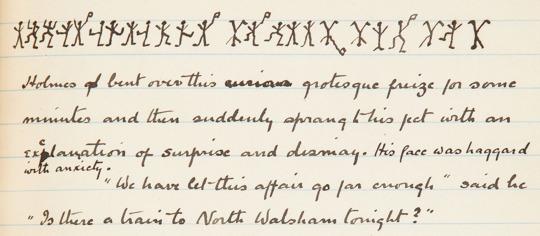
Licensed to kill | Drawing by Arthur Conan Doyle upon receiving his medical degree (1881)
ELSIE PREPARE TO MEET THY GOD | The Dancing Men manuscript (1903)
126 notes
·
View notes
Text
The Objet - part 1
Hi friends! How are you all?
So this week I am going to take you on a little journey that involves the artifact selection process for an exhibition. If you don’t know, I am currently working on my final year dissertation and this means: produce your very own imaginary exhibition. I am lying a little because it’s a group project, but the headache of an actual exhbition is real...
Anyway, while I was doing some research for the artifacts that we want to bring to our selection, I came across two objects from the @victoriaandalbertmuseum and they are so good that I am going to talk about them under the cut! :D
But first let me tell you all about my group’s team: Fairy Tales! Yup, more specific: how the media changed the way some fairy tales were represented in society, since oral history times until nowadays.
It’s kind of hard to explain in just a few words but its something like that. To be perfectly honest, I wasn’t so keen on the whole thing at first, but I am trying to give my best now.
Wich brings me to the objects:

Okay the first one is a Little Red Riding Hood spill vase from mid 19th century. I just fell in love with this piece so much! You have no idea! It was made in a period where the written tales were very popular, so I am thinking this could be a piece used in a nursery or something like that. But is very interesting how the tale was popular enough to this point of iconographic design.
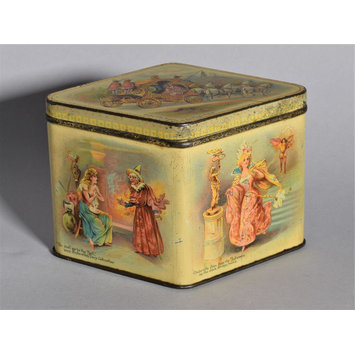
Second one is a Cinderella mass produced biscuit box! It’s so gorgeous and again, it’s from late 19th century and it shows something about the visual representation of the tales in everyday life.
Anyway, I love both of this pieces and I am still studying and learning ways to better incorporate them in the exhibition, but is still a work in progress as you can see. I just wanted to share my enthusiasm! :D
I will keep you updated as the work progress! :D
Sources: http://collections.vam.ac.uk/item/O120136/little-red-riding-hood-spill-vase-unknown/
http://collections.vam.ac.uk/item/O325089/cinderella-biscuit-tin/
0 notes
Text
First Museum, ever!
I got a little blue this past week, not just about the state of the world but how my job will ever make a good impact on people’s life. I was luck though, because I manage to recall a distant memory from the first time I ever visited a museum.

Check out this big boy!! hahaha I mean, I know there are bigger museums out there. But can you imagine seeing this as a 7 years old? My school had a field trip where we left our small country town and went to the big city, São Paulo. There we visited Museu Paulista (pic above) and the planetary!
To this day I can remember the brown shades inside the museum. Everything felt old and precious. Things seemed alive, weirdly enough. I chose this pic not because its the most accurate depiction of the museum, but because it has that gold sparkle that I saw as a child.
Anyway, my point is that even if work can sometimes become too much, after all things aren’t as golden as I’d love them to be, it’s nice to remember the hidden magic that museums are capable of. The 7 year old me felt important walking around those corridors, almost like a princess (even when I got lost hehehe). So what I am doing, what we are doing, will also make someone, at some point in time, feel important and amazing for a couple of hours. And that matters a lot!
Nowadays, of course, I realize how fortunate I was for being able to even visit a museum and getting in contact with a part of my country’s history. Many people aren’t capable of that, and we must fight for everyone’s right to preserve and acess history and memory. But that’s a topic for another post!
I hope you are well and that your work also makes you feel amazing sometimes! :D
23 notes
·
View notes
Text
https://youtu.be/FuDEZWWpyyQ
youtube
Hey everyone! New video is finally up!!
I wanted to discuss my personal experiences with archaeology and hopefully help clarify a few things for people looking to get into this as a career.
Enjoy and tell me what you think 🧡
14 notes
·
View notes
Text
"Secrets of the Museum - Series 1 Ep 3 BBC Documentary 2020"
youtube
Yey! There is two more eps online! My sunday has been saved! 💙💙
1 note
·
View note
Text
"Black Lives Matter and the Museum" by @museeeuuuum
youtube
"Museums are not neutral" is something that needs to be remember at all times, especially by the professionals who work with collections that are the result of colonialism. Excellent video by @museeeuuuum highly recommend it!
11 notes
·
View notes
Text
This was so interesting! I am going to check out you youtube channel! Thanks for the amazing content :D
youtube
Friendly reminder that I have a YouTube channel where I upload videos about history and museums!
If you enjoy the posts I share on tumblr (not the reblog, but the ones I post myself!) please consider subscribing to me on YouTube 🧡
27 notes
·
View notes
Text

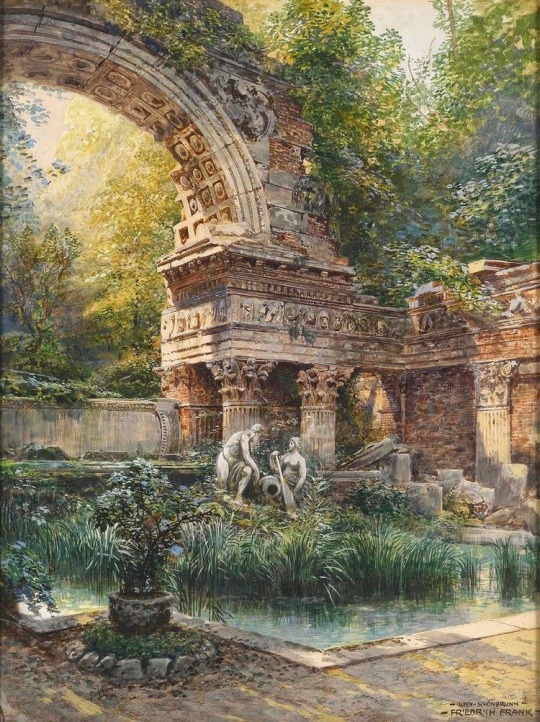


Imagine going to museum for the first time after quarantine ~
7K notes
·
View notes
Text
So what is a museum registrar?
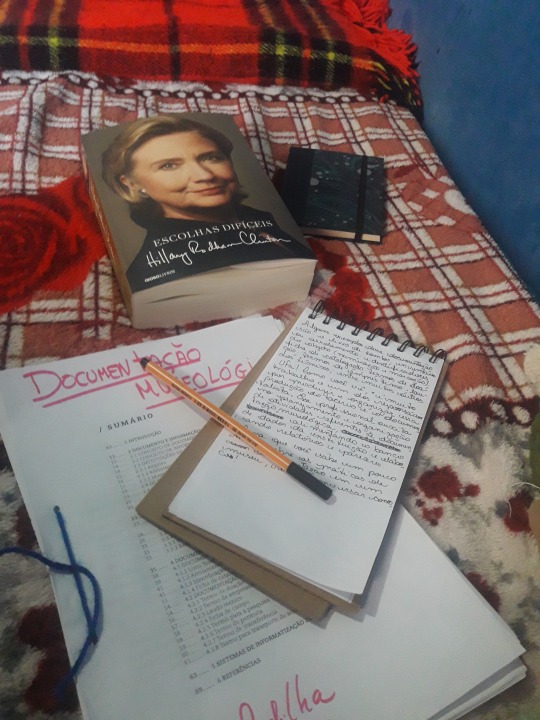
So what does a registrar do? This is gonna be a sort of inception post because I’ve been ask by my boss to write a small text, to be published next friday on our museum social medias, where I’ll talk about my job, focusing on the documentation parts of it (pic above is me wracking my brain and Hillary Clinton judging me all the time oh boy rsrsr).
To answer the question, we need to have in mind that when an object becomes part of a collection, it starts a new life. And from now on it no longer is what it was. For example, a chair seizes to be a simple chair, to become an item that speaks about the social customs, designs of its time, etc. This musealization process follows certains policies and guidelines, explaining all the things that will happen to the object in its new home. An example is exhibitions, where the collection’s policy will say all the procedures that need to be followed in order to preserve the objects during its movement.
All of this produces a lot of data and it is necessary to record everything. Like, seriously, everything needs to be put on paper, and computer, and paper again. We are the crazy ones with the paper work.
As a registrar you will be required to participate in the planning and sometimes making of collection’s policy (or even its reevaluation, who knows). And, in the end, your job will be to document and preserve all the information that is produced.
So, in the end it’s all about caring for the collection, since the moment the object arrives until all the exhibitions and conservations procedures it’ll go through. You will be there making records and making sure everyone is following all the right steps.
It’s a lot of work, it’s stressing and sometimes people will point at you as the crazy one with all the rules. BUT remember this my friend: your job its to make sure that the collection will be preserved and remain acessible at the same time. In all of this our best friends are the museum’s conservateurs - another amazing job that will be theme of another post - because they can be just as crazy as we hehhe.
Wow, that was long. Bye for now!
PS: Okay, i am not sure if this was too confusing. Sometimes its easier to do the job rather than explaining it in a foreing lanquage. But if you have any doubts just ask me :D
2 notes
·
View notes
Photo

Friday, August 7, 2020
Today, I worked on my presentation for a special members-only gallery tour we’ll be hosting on Zoom later this month. A live zoom event is a brand new thing for us, but this seems to be the perfect time to try something new.
20 notes
·
View notes
Photo
It’s very important to research other institutions tips and experiences with conservation. We can’t know everything and sharing makes the work easy for our colleagues. The Brooklyn Museum @brooklynmuseum has a series of posts where they talk about the technical work that goes on behind the scenes. Highly recommend it! :D


Conservation can sometimes be thought of as an ongoing fight against the 10 Agents of Deterioration. One of our greatest tools in this effort sounds quite mild but delivers powerful results: organization!
Dissociation, one of the 10 offending agents, occurs when an object becomes separated from its context, losing its relationship to history or culture. This may happen though mixing up records, losing a label, separating multiple parts of one object, etc. In a collection of about 1.5 million objects, each with individual histories and many of which get moved frequently for display or research purposes, organization requires constant vigilance.
To this end, each object in the collection has a permanent accession number, applied directly to its surface if possible, in a discreet location and using reversible materials. All records, storage materials, mounts, component parts, and documentation related to the object are tracked with the same number.
Above, conservation specialist Keith DuQuette applies accession numbers to the hundreds of components of a fabulous late 19th-century dollhouse, made by Christian Hacker and sold by F.A.O. Schwarz. The dollhouse was assigned the number 2014.43, so each elaborate furnishing will be marked with that number plus a unique number; for example, labels printed at 4pt font size are attached to the bottom of each tiny teacup using a reversible adhesive. The storage housing is also carefully labeled so each component gets stowed in the proper foam cavity.
Below, Mellon Fellow Sasha Drosdick is working on an exciting project that included reuniting a Renaissance-era terracotta sculpture of Judith Holding the Head of Holofernes with its vibrantly-colored base, which was dissociated from the sculpture long ago. Without the base, the sculpture appeared incomplete; and without the sculpture, the base had no function or history. How the
base was relocated and re-associated with its context is a story for another day—stay tuned for a future post about Judith!

Organizing and tracking a collection is thankfully not the job of just one department. Registration, digital collections, collections management, archives, and conservation all work together to make sure the system is preserved.
Posted by Jessica Ford
221 notes
·
View notes
Text
After the bagel, go visit a museum online ;D
Here is some to begin with: https://www.mentalfloss.com/article/75809/12-world-class-museums-you-can-visit-online

13K notes
·
View notes
Video
youtube
Recently I’ve watching a lot of documentaries about museums and I am in love with this series. It’s called Secrets of The Museum and follows the lives of conservateurs and curatours at the Victoria & Albert Museum in London.
It’s very cool to see their collections and the hard work put behind every piece. I highly recommend it! Sadly there is only two eps online, out of six, but is still good fun! :D
1 note
·
View note
Text

Introductions!
Hello!
You can call me M. and I am so excited to start this blog! I am a registrar at a local museum in São Paulo, Brazil, working with the collection by implementing policies and procedures that focus on preserving the objects.
I am also studying museology and conservation, so I figured it'd be a good idea to keep a space where I could write about interesting things in my field, focusing in museums collections and reflecting on their meaning to its community. It's also a way to keep me on my toes when it comes to studying! Hehehehe
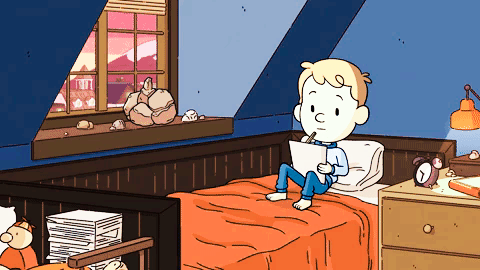
I am gonna try to upload a new original content every week, mostly likely saturdays. And, in the meantime, i'll be reblogging the amazing content of blogs that I admire and other materials.
Ohh and english is not my first language so please be kind and help me out if you can! :-)
Let's get started!
1 note
·
View note